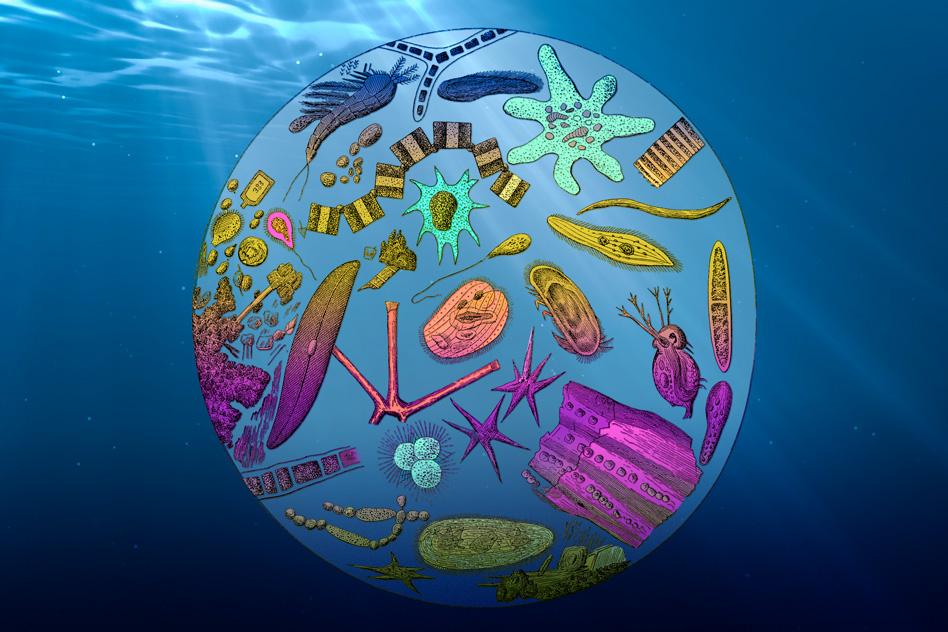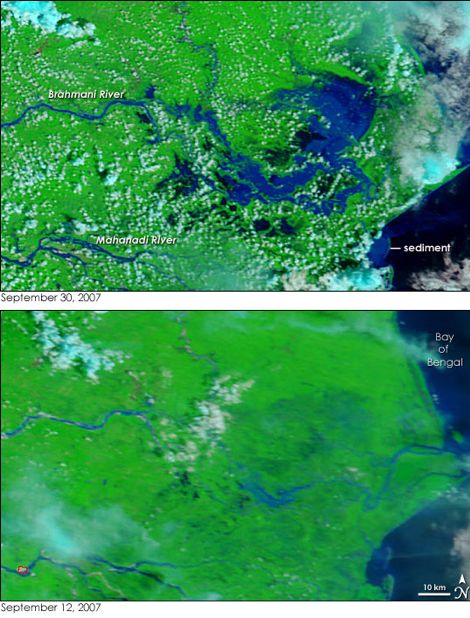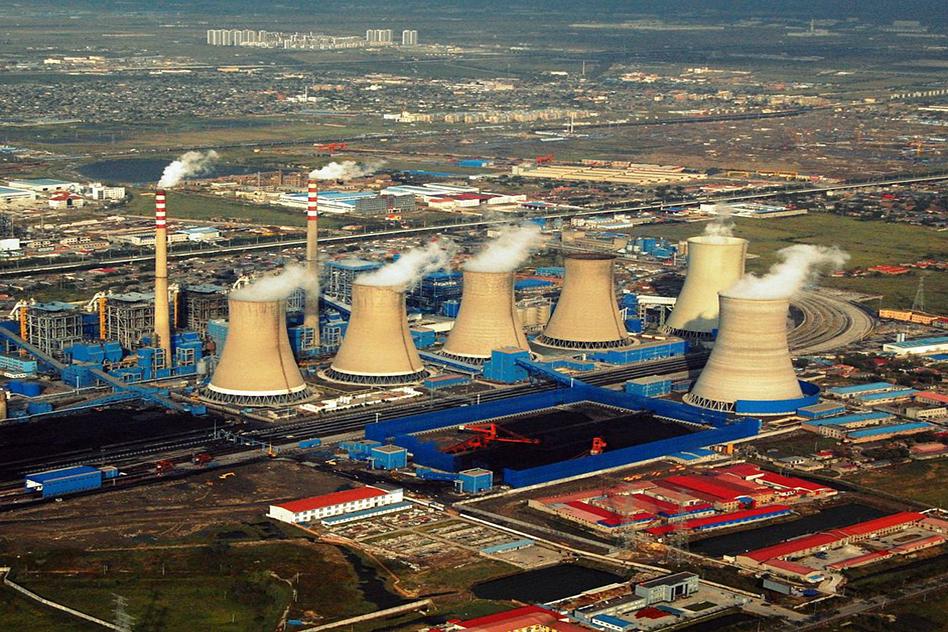News + Media

MIT Joint Program Co-Director John Reilly discusses the complex nature of climate modeling, and the challenges faced by the climate science community in the current political climate
In episode 2 of Climate Conversations, host Rajesh Kasturirangan is joined by ClimateX team members Curt Newton and Laura Howells.
The team explores the role of market forces in tackling climate change and are joined by special guest John Reilly, who discusses the complex nature of...

A new study by MIT climate scientists, economists, and agriculture experts finds that certain hotspots in the country will experience severe reductions in crop yields by 2050, due to climate change’s impact on irrigation.
The most adversely affected region, according to the researchers,...

Study finds large amounts of carbon dioxide, equivalent to yearly U.K. emissions, remain in surface waters

Based on global climate models and multiple hypotheses, scientists expected a 50-year drying trend to continue unabated into the 21st century, but a new study in Nature Climate Change shows that the trend has reversed.

A critical factor in projecting energy, water and land use.

Water available for irrigation will be affected by climate and increasing demand from other sectors, with consequences for energy-water-land interactions.

Even if we cannot predict the climate and its impacts with precision, that does not mean that the best strategy is to do nothing, writes MIT Joint Program Deputy Director Sergey Paltsev in IIASA Options Magazine
Despite 193 countries adopting the Paris Agreement on climate change in 2015, and its entrance into force in November 2016, the issue of climate change is still hotly debated. People question the realism of both the targets—limiting global temperature rise this century to “well below 2°C above...

From 1997 to 2009, Melbourne, Australia experienced what was ultimately called the Millennium Drought, the worst drought on record in the island continent. To compensate, the city’s water planners invested about $3 billion in 2007 in a 150-million-cubic-meter (MCM)/year reverse osmosis...

Climate Home: China is planning the world’s biggest carbon market, but with little detail given for its design, praise for the scheme is premature. Joint Program research assistant Emil Dimantchev comments.
By Emil Dimantchev
Much hype surrounds China’s national carbon market. Expected to begin later this year, the cap and trade system has been ballyhooed as an “ambitious” climate policy that will deliver a major portion of Beijing’s pledge to the Paris Agreement.

Chaire Economie du Climat: Jonathan B. Wiener, J.D., author of a new essay on the current status and possible future of U.S. climate policies, spoke on this topic at the XL (40th) MIT Global Change Forum in March.

